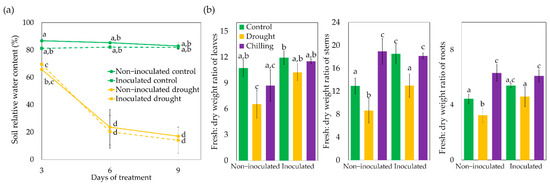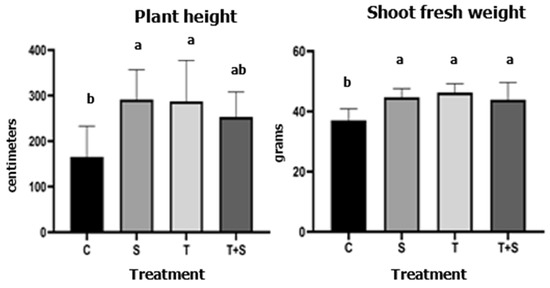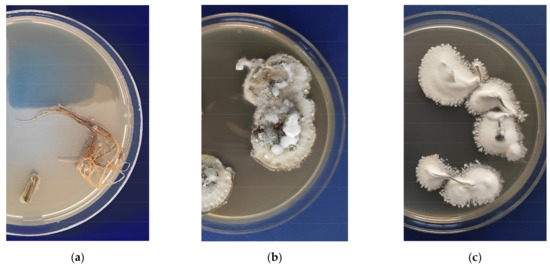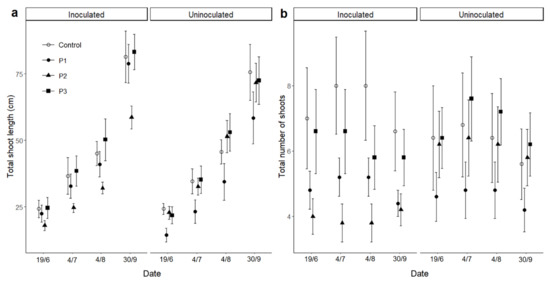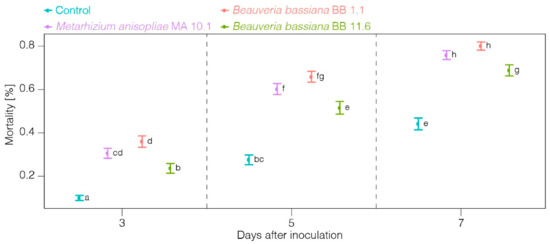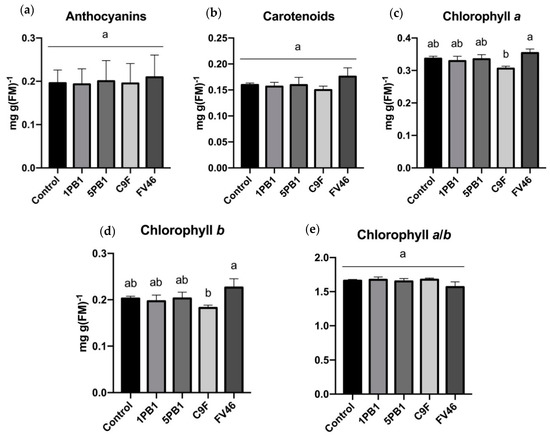Microbe-Assisted Production of Horticultural Crops (Closed)
A topical collection in Horticulturae (ISSN 2311-7524). This collection belongs to the section "Biotic and Abiotic Stress".
Viewed by 21956Editors
Interests: soil-borne plant pathogens; beneficial microorganisms; soil microbiome; Verticillium; Pyrenochaeta; Fusarium; Streptomyces; biological control; integrated disease management; plant genetic resistance; plant-microbe interaction; microbe genomics; plant functional genomics
Special Issues, Collections and Topics in MDPI journals
Interests: beneficial microorganisms; soil microbiome; Phytophthora spp.; fusarium; biological control; plant-microbe interaction; metagenomics; plant functional genomics; molecular plant pathology; plant genetic resistance
Special Issues, Collections and Topics in MDPI journals
Topical Collection Information
Dear Colleagues,
Plants are exposed to a plethora of biotic and abiotic stresses. Moreover, due to the increase of the global human population and the consequent augmented food demand, there is a pressing need for novel agricultural techniques that can support an environment-friendly and cost-effective way to manage crop stresses. Agriculture intensification requires more inputs of synthetic fungicides and fertilizers, thus compromising sustainability and eco-compatibility. The use of beneficial microorganisms or the manipulation of the indigenous microbiota are good options for minimizing the negative effects of agriculture intensification. Through their direct and indirect interactions with the plants, beneficial microorganisms control pests, pathogens, and weeds, increase yields, and improve the quality of plant products. Furthermore, the microbiota has been known to contribute to the expression of plant genotype into the phenotype, hence traditional breeding has moved towards the so-called “microbial-assisted breeding”.
This Topical Collection will address basic and applied aspects of the use of beneficial microorganisms to make crop production more sustainable. We invite researchers to submit papers (review articles and research results) that highlight the application of beneficial microbes on enhancing sustainable agricultural production, with the objectives to unveil different aspects of crop management, including their interactions with the horticultural crops and other organisms and the dynamics of their assemblies under diverse natural and anthropological pressures. Primary and applied research opening novel applications of microorganisms are appreciated. Reviews pointing to the summary of past works around this theme and bringing to light new scientific evidence will also be welcome.
Dr. Giovanni Bubici
Dr. Maria Isabella Prigigallo
Collection Editors
Manuscript Submission Information
Manuscripts should be submitted online at www.mdpi.com by registering and logging in to this website. Once you are registered, click here to go to the submission form. Manuscripts can be submitted until the deadline. All submissions that pass pre-check are peer-reviewed. Accepted papers will be published continuously in the journal (as soon as accepted) and will be listed together on the collection website. Research articles, review articles as well as short communications are invited. For planned papers, a title and short abstract (about 100 words) can be sent to the Editorial Office for announcement on this website.
Submitted manuscripts should not have been published previously, nor be under consideration for publication elsewhere (except conference proceedings papers). All manuscripts are thoroughly refereed through a single-blind peer-review process. A guide for authors and other relevant information for submission of manuscripts is available on the Instructions for Authors page. Horticulturae is an international peer-reviewed open access monthly journal published by MDPI.
Please visit the Instructions for Authors page before submitting a manuscript. The Article Processing Charge (APC) for publication in this open access journal is 2200 CHF (Swiss Francs). Submitted papers should be well formatted and use good English. Authors may use MDPI's English editing service prior to publication or during author revisions.
Keywords
- horticultural crops
- biological control agents
- integrated crop disease management
- plant growth promotion
- holobiont
- microbiota







